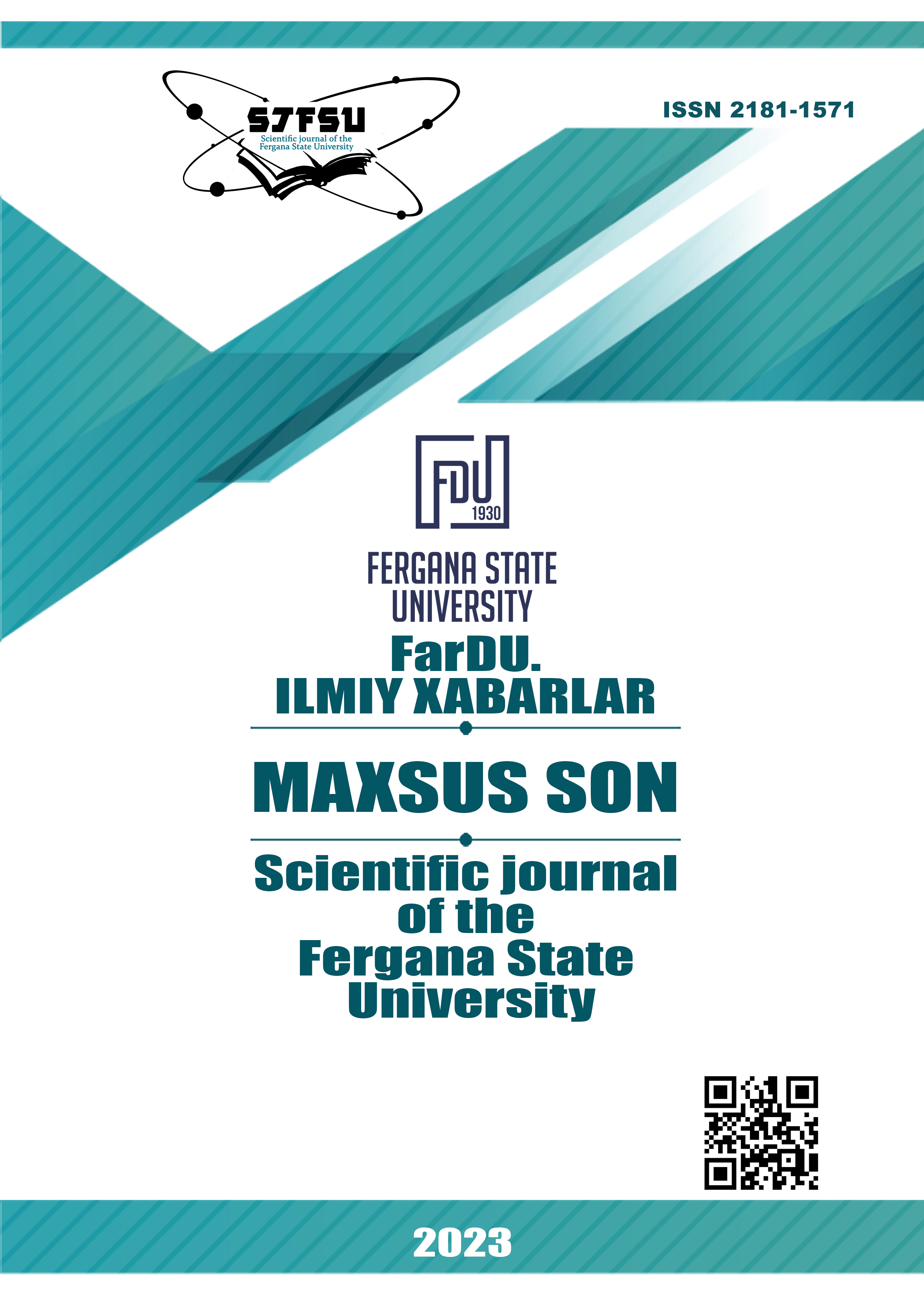TYPOLOGY OF CATEGORY CASE IN GERMAN AND UZBEK LANGUAGES
Keywords:
category, grammatical devices, affixal morphemes, morphological-syntactic category, adverbs of agreement, unmediated agreement, mediated agreement, classification of nouns, article, suffix, special classification.Abstract
One of the important factors of perfect learning of a foreign language is to learn the studied foreign language by comparing it with oneʼs native language. When languages are studied by mixing, their differences and similarities increase the interest of the language learner, and have a positive effect on their memory, the structure and form of languages are interrelated, their differences are more obvious. The grammatical categories of the German and Uzbek languages are one of the important issues in learning the German language and are of great importance when teaching a foreign language. Categories in German and Uzbek languages have their own characteristics. The study of these grammatical categories, their comparative analysis with the German and Uzbek languages, the analysis of their similarities and differences, as well as their results are of great importance in teaching a foreign language. The importance of grammatical categories in teaching a foreign language is also important, especially in the formation and improvement of oral and written speech skills, and their systematic and comparative study is one of the pressing issues. The article describes the category of agreement related to nouns in the German and Uzbek languages, the existing agreements in the German and Uzbek languages, their specific aspects, and the differences between them.
References
Ўзбекистон Республикаси Президенти Ш.Мирзиёевнинг “Ўзбекистон Республикасини янада ривожлантириш бўйича ҳаракатлар стратегияси тўғрисида”ги 2017 йил 7 фeвpaлдaги ПФ- 4947-coнли Фapмoни.
Ўзбекистон Республикаси Президентининг “Олий таълим тизимини янада ривожлантириш чора-тадбирлари тўғрисида”ги 2017 йил 20 aпpeлдaги ПҚ-2909-coнли Қapopи.
M.Arsenjewa Grammatik der deutschen Sprache. M.: 1963.
E.Arndt. Die begründenden Sätze im Neuhochdeutschen und ihre wichtigsten Konjunktionen. Diss. Berlin, 1956.
M.Umarxoʻdjaev. Nemis tili leksikalogiyasi va frazeologiyasi Andijon, 2008
N.Avazboyev. Hozirgi nemis tili fonetikasi. I- qism. (oʻquv uslubiy qoʻllanma). T.: Universitet nashiryoti, 1994.
Sh.Nuritdinova; V.Ibragimov, Problems of Grammatical Interference in Teaching German Language to Uzbek Students. International Journal of Formal Education, 1(10), 2022. P.163-168.
Downloads
Published
Issue
Section
License
Copyright (c) 2024 Scientific journal of the Fergana State University

This work is licensed under a Creative Commons Attribution-NonCommercial-NoDerivatives 4.0 International License.

